Vegetables: Tops and Bottoms
Students investigate a variety of vegetables, discover how and where they are grown, and explore their nutritional benefits.
Students investigate a variety of vegetables, discover how and where they are grown, and explore their nutritional benefits.
Students explore the Census of 2020 by making a connection between shepherds counting their sheep and counting the population of the United States.
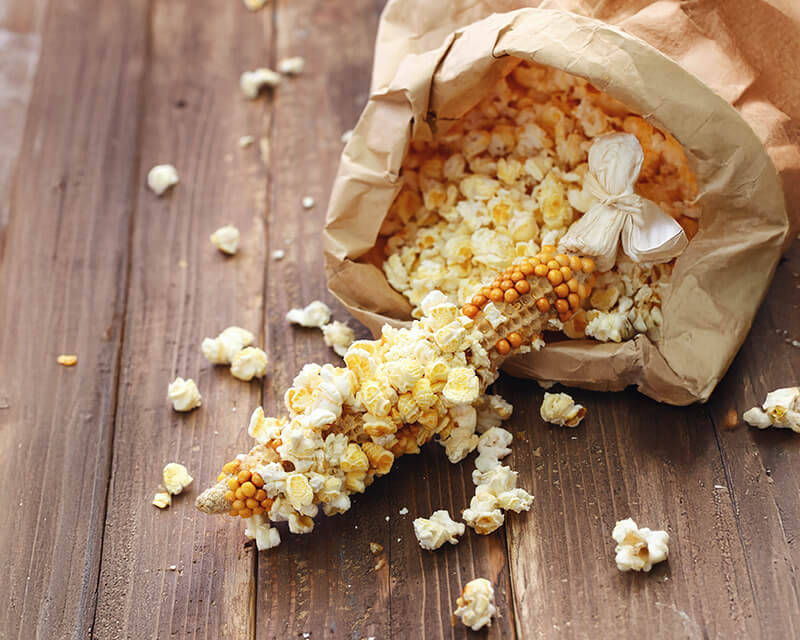
Students discover how popcorn is grown and explore the phenomenon of how popcorn pops.
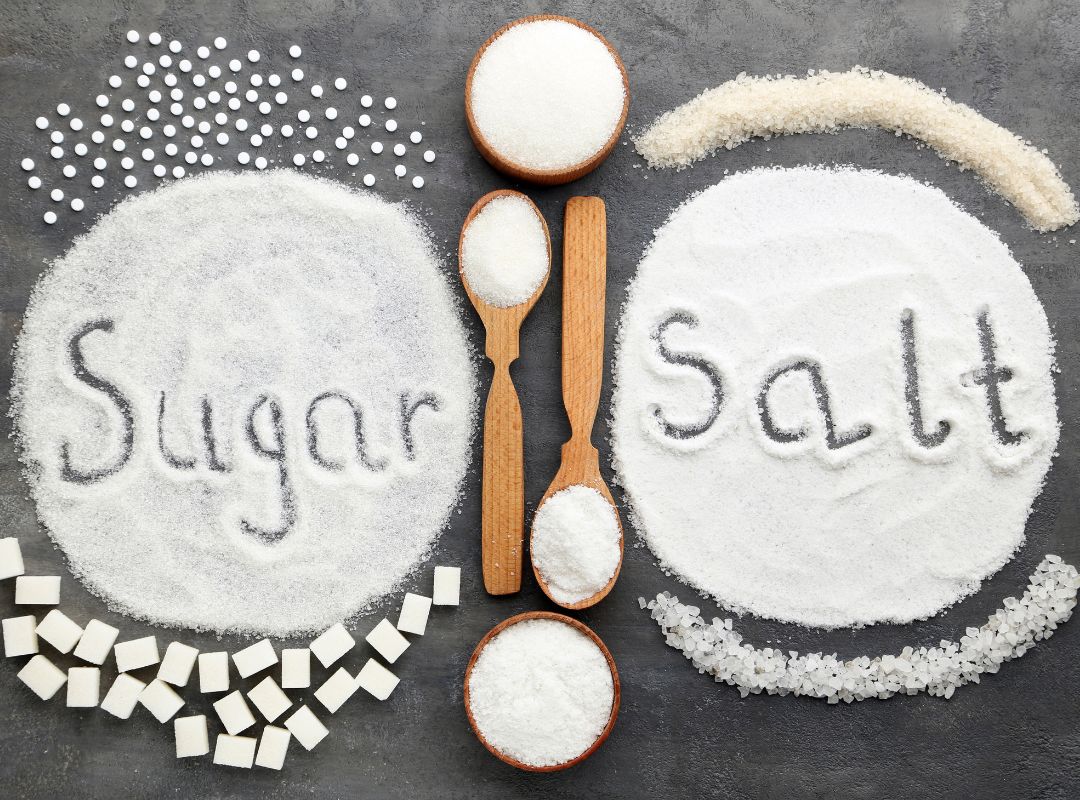
This lesson introduces sodium and sugar as dietary nutrients we should consume less of. Students will identify the foods and beverages they should limit and recognize how to use the Nutrition Facts label to measure sodium and sugar intake.

This lesson introduces sodium and sugar as dietary nutrients we should consume less of. Students will identify the foods and beverages they should limit and recognize how to use the Nutrition Facts label to measure sodium and sugar intake.
Students will describe the farm-to-table process of common fruits and vegetables, recognize the nutrients fruits and vegetables provide, and evaluate methods of food storage and preparation for preserving nutrients.
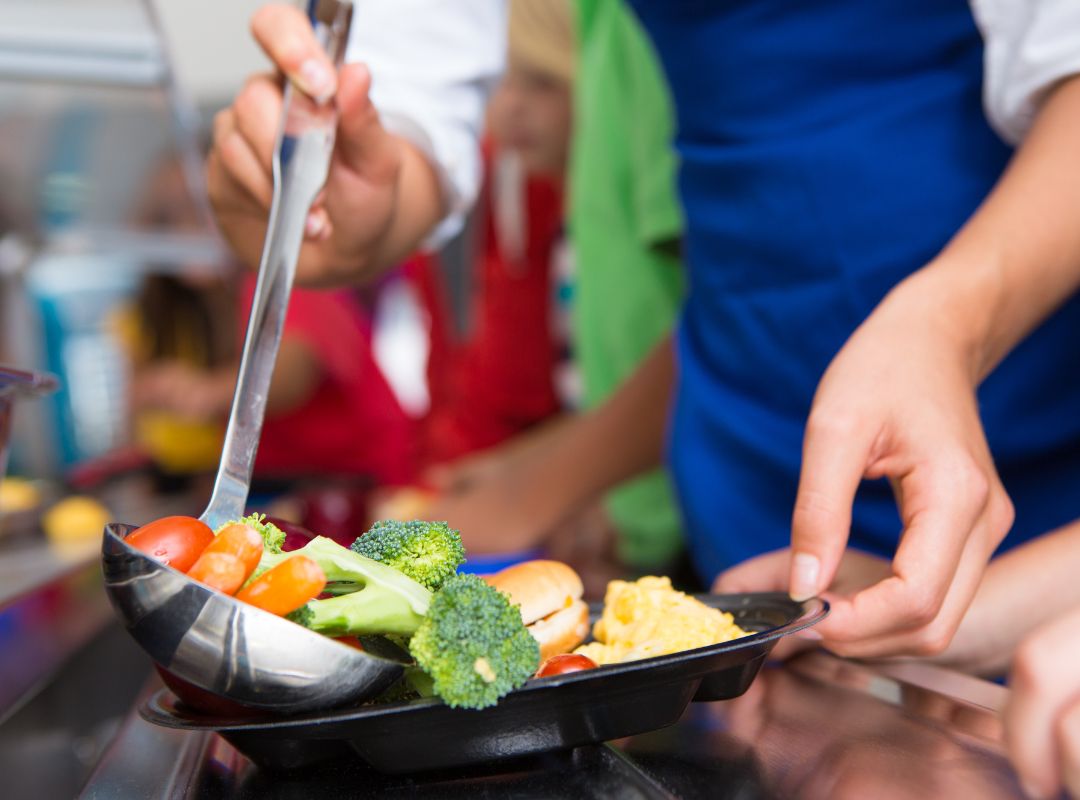
Through project-based learning, students conduct surveys with their peers at school about healthy food products they think will be marketable for school concessions. Based on surveys and research, they choose an in-demand product to test in class and then present to a guest panel as a healthy choice.
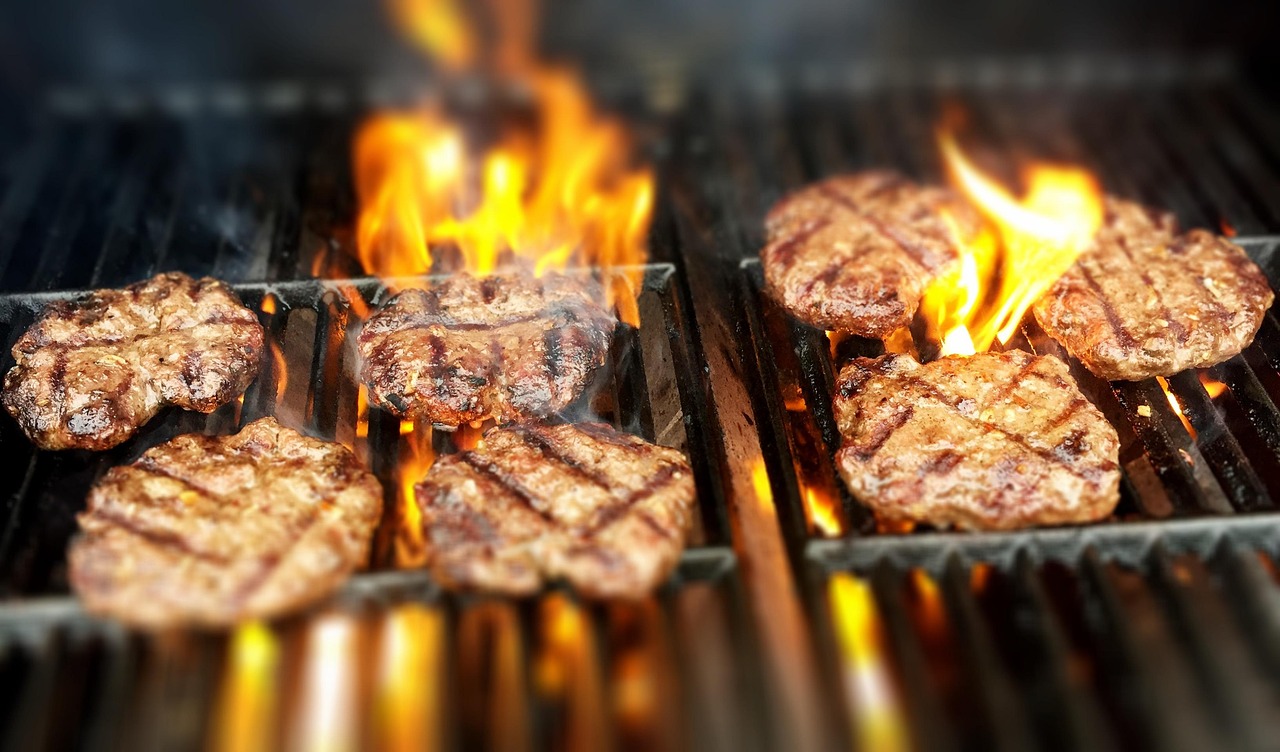
Through a series of 4 Labs, students will explore the 4 Cs of Food Safety: clean, cook, chill, and combat cross-contamination (separate.) Hamburger is used for the labs, as it is a food that students are familiar with and may be cooking at home. Lab 4 is a review and summary of what the students have learned about the 4 Cs and encourages them to apply these principles to their everyday life.
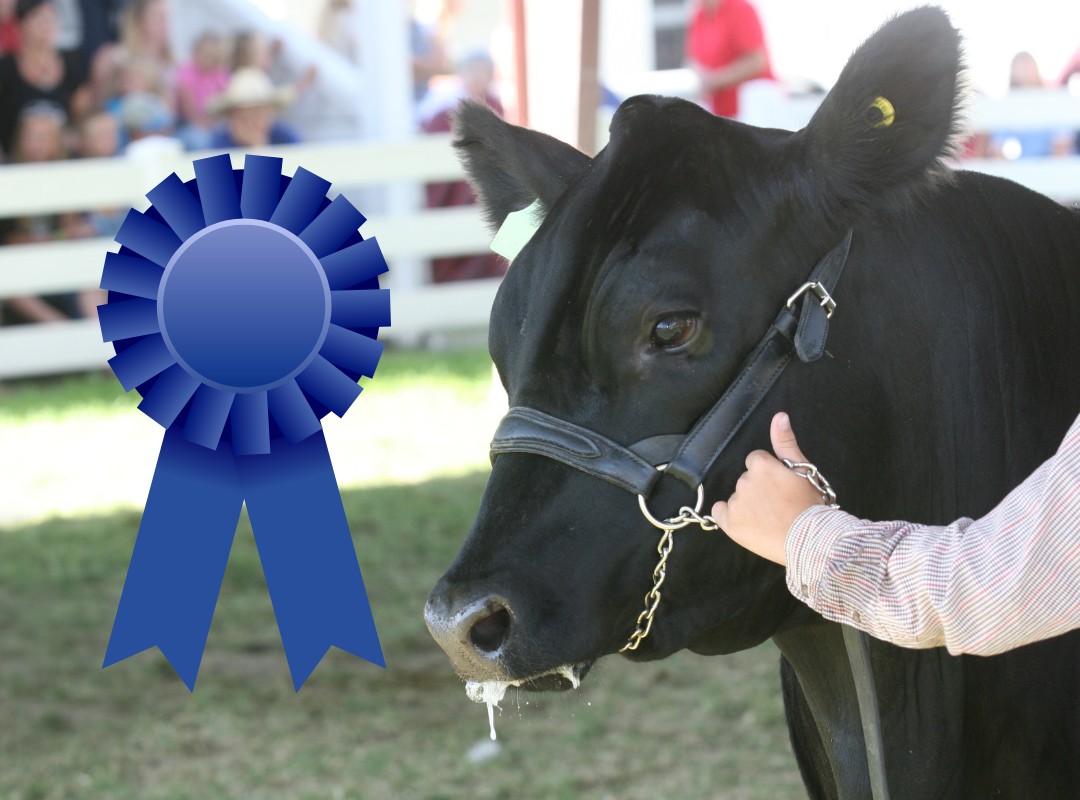
Using the context of a county fair livestock show, students investigate how diseases are spread. With a focus on zoonotic disease, students will complete simulations demonstrating the spread of illness and implementation of biosecurity measures as well as complete an online module to deepen understanding of specific diseases and their prevention.

Using the context of a county fair livestock show, students investigate how diseases are spread. With a focus on zoonotic disease, students will complete simulations demonstrating the spread of illness and implementation of biosecurity measures as well as complete an online module to deepen understanding of specific diseases and their prevention.
Students view the 2018 documentary Before the Plate and follow Canadian chef John Horne as he journeys to the source of ten primary food ingredients used in his restaurant. Using critical thinking skills, students will explore the farm-to-table journey of food. This lesson covers a socioscientific issue and aims to provide students with tools to evaluate science within the context of social and economic points of view.
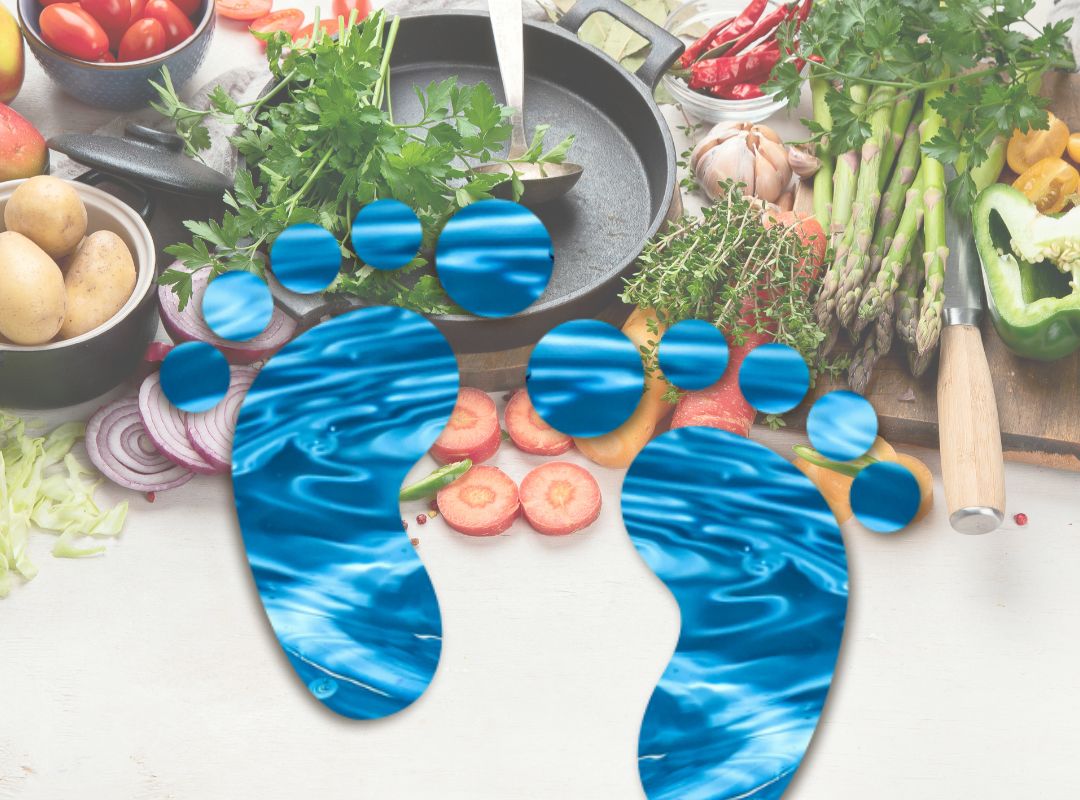
Explore concepts of sustainability by evaluating the water footprint (WF) of food. Students are introduced to irrigation practices throughout the world, consumptive and non-consumptive water use, and investigate the water requirements for various food crops.